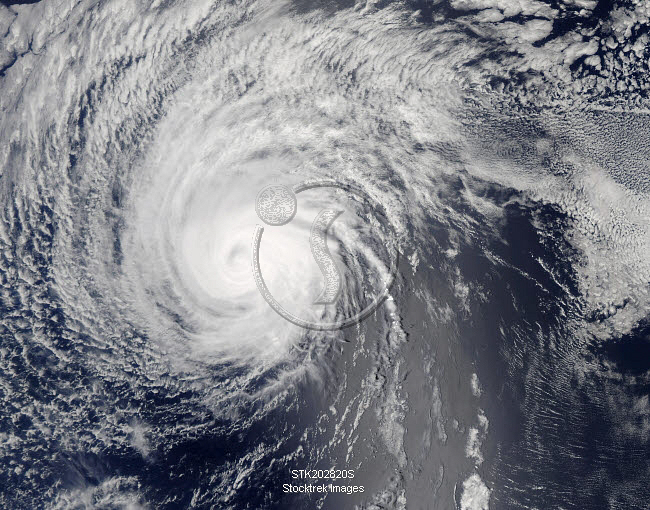

These have started with Andres and will end with Zelda. This year, the WMO (World Meteorological Organization) committee has designated 22 tropical cyclone names for the Eastern Pacific hurricane season. As we can see, we are almost catching the prediction despite there are still 3 months left until the end of the season. The seasonal outlook prediction issued by NOAA forecasters predicts about 14-20 named tropical cyclones for the East Pacific basin, with 7-10 hurricanes and also 4-5 major hurricanes that could develop during the hurricane season 2021. 8 of those become hurricanes while 4 of those become Category 3 or greater, so a major hurricane. Note that on average, there are 15 named tropical systems during a typical Eastern Pacific hurricane season. Making a total of 12 systems so far which is hinting at an extremely active hurricane season in the East Pacific basin. The other 8 were tropical storms: Andres, Blanca, Carlos, Dolores, Guillermo, Jimena, Ignacio, and Kevin. There were two hurricanes more so far this season, one was hurricane Enrique and the other was hurricane Hilda earlier this August. The strongest storm was hurricane Felicia which formed a month ago and still remains the strongest hurricane of the year. Both tropical regions of the Pacific season will end on November 30th.Īs of mid-August, the Eastern Pacific hurricane season 2021 has already generated 12 tropical depressions with all the systems also getting their tropical cyclone names. The official date is set to May 15th, while the other two basins start on June 1st. The East Pacific Hurricane season 2021 officially begins a half month earlier than the Central Pacific of the Atlantic hurricane seasons. The system is currently moving westward with near 10-12 knots. This Saturday, a major hurricane Linda remains a very powerful and impressive Category 4 storm, tracking west across the Eastern Pacific and its trajectory could potentially bring it towards Hawaii about the next weekend. The animation includes Infrared, Water Vapor, and Visible satellite spectrum imagery. Linda is a large and very intense hurricane with a huge eye. The satellite animation below is showing a pretty spectacular satellite presentation of hurricane Linda, having an almost perfect symmetry of the structure.

Within a period of just a few days, Linda has strengthened from a tropical storm to a major hurricane. Similar to the first major hurricane of the Eastern Pacific season, Linda’s development was pretty fast. An almost symmetrical ring of very cold cloud tops followed soon after an EWRC – Eyewall Replacement Cycle on Friday night which pushed Linda to a major hurricane strength. The satellite imagery indicates a textbook, near-ideal circular shape with a huge eye. Hurricane Linda is the 12th named storm of the Eastern Pacific Hurricane Season 2021 and the 4th hurricane so far.Ī major Category 4 hurricane Linda has 130 mph (115 knots) of sustained winds with a minimum central pressure of around 950 mbar. The tropical cyclone activity across the East Pacific has significantly ramped up recently, thanks to very favorable environmental conditions as a major MJO wave has been traveling east over the region. Hurricane Linda is the 2nd major storm of the season, packing 130 mph with an outstanding satellite presentation.ĭON’T MISS: Tropical Storm Fred intensifying in the final hours before landfall in Florida Panhandle, heavy rain and dangerous storm surge expected Less than a month after the first major hurricane (Felicia) of the Eastern Pacific Season 2021, another violent Category 4 storm is grazing west of central America.


 0 kommentar(er)
0 kommentar(er)
